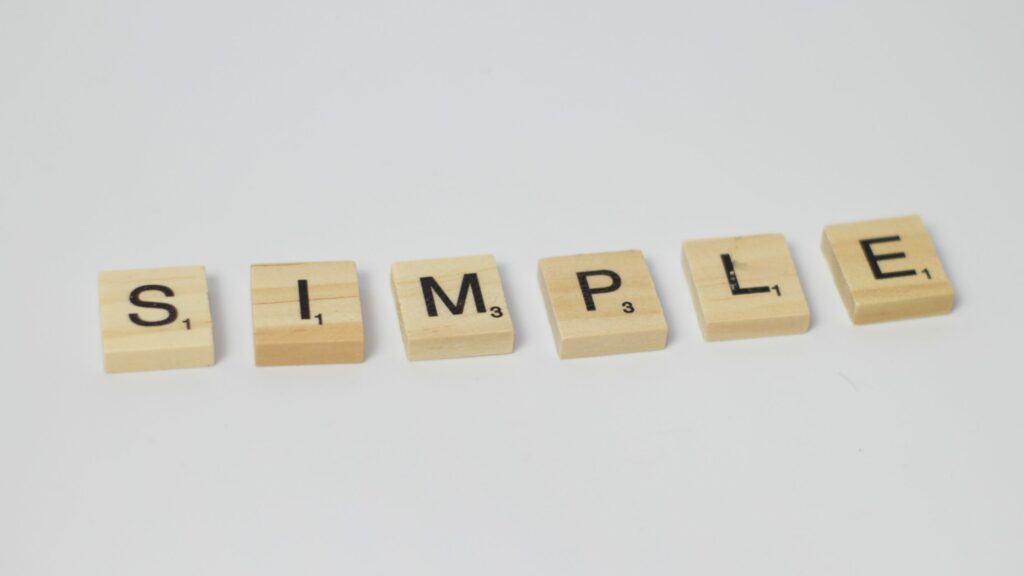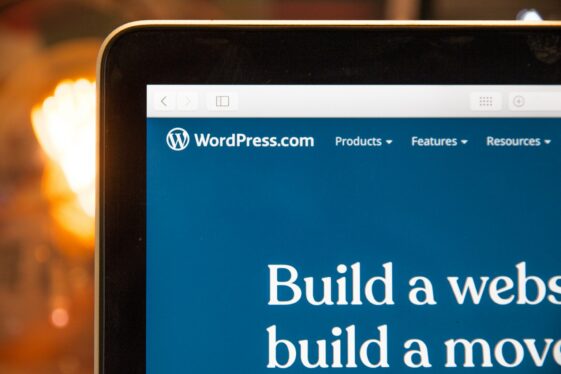How to Write the RFP for a Web Redesign Design (includes a RFP Redesign Template)

How to Write a Web Design RFP
What does RFP stand for? Request for proposal. How do you write an RFP? That’s a bit more complicated.
Following an RFP template helps to draw up a draft of what services you need from agencies in order to complete a project. We even provide a Website Redesign RFP check list and template WDG that you can download directly from WDG as a guide so you know exactly what information we’re looking for.
But before you complete the guide, hit send and watch the bids roll in, take a moment to look it over and ask yourself a few key questions:
- Did I include all the technical details I know right now?
- Does it clearly define my goals in a voice that sounds like my company?
- Did I give an idea of my budget?
- Does what I wrote come off as too generic?
When you’re pulling together something with a highly technical scope like a web redesign project, your agency partners will need all the information you can give them in order to reply with a successful proposal.

Keep it Simple
What an agency wants to know when they compile a bid for a web project breaks down like this:
- Who are you?
- Who is your company?
- What is your project?
- Who’s your audience?
- What are your goals?
- What’s going on with your current site?
- What functionality do you need?
- What’s your budget?
- What’s your timeline?
- What do you expect from us?
Talk to us. Tell us who you are. Help us understand. Get specific. Make it honest. Keep it simple.
It might be easy to slip into the mindset when writing an RFP that the agency should be the one doing all the heavy lifting. You’re the one paying them, after all!
But in order to achieve the best results with the perfect partner on your project, you have the opportunity with the RFP writing process to make personal connections with the people you want to work with.
Part of how to do that is really simple—like making sure you include how much you’re looking to spend and what you expect to see for it.
Another side to the RFP process is just as simple, but it takes some getting used to. Trusting that an agency partner will see your budget and still quote appropriately for their services is a huge sign to them of a potentially great working relationship. Same with sharing pain points, deficits, challenges and distastes—dare to be straight up about the reality of your project.
By following the steps outlined in our downloadable website redesign checklist guide along with the tips below, you’ll be off to an excellent start.
Here are more of our insights on how to approach writing a web design RFP that speaks to the kind of digital agency you want to work with.

Start a Conversation
An RFP should be the centerpiece of an ongoing dialogue between you and an agency about your project. To get the right people engaged in what you’re saying, you want to think about where their heads are at.
Responding to an RFP can require pages and pages of description, portfolio examples, and explanations to get a good scope of work involved.
If you write too many trending buzzwords or web cliches into your RFP—phrases like Omnichannel Marketing, big data, digital transformation, responsive web design, make it pop etc.—any agency might pass after deciding the request is too ambiguous for them to really devote themselves to a proper response.
So think about it like this instead: use your RFP to set up a conversation with the people you want to work with. Avoid overly generic and broad statements that are purely aspirational and only resonate with your idea of the services they offer—like “needs to be a fully integrated solution”.
Remember, you’ll be working day-to-day with real people and subject matter experts who want to identify with you and act on your best interests. If you’re not sure who you’ll be talking to, pick up the phone and call! Ask to speak to someone on the UX or Strategy team, and have a quick conversation to check their thoughts about:
- What’s possible for your budget.
- What exact services you need.
- How they can help with your current pain points.
- If they’re a good fit for your project.
You can do this over email, too, but the point is never to hesitate initiating a conversation. Taking time to understand who you’re writing to goes a long way in building trust and excitement for your project. Both of those are huge motivators for a thorough and successful response.

Show Your Personality
Every business relationship is a two-way street. The best digital agencies out there have the opportunity to carefully select their clients because of their track record and appeal.
When checking out an RFP, they’re looking to get a read on your project just like you’re looking to review their response. So, the most important thing you can do to get their attention is be yourself.
Steer clear of business jargon, and speak on behalf of your company with a voice and tone that communicate what you’re all about. Every business works hard to tell their unique story—an RFP is your chance as a narrator of that story to engage high-quality partners.
Let them know through your words who you are and how you think. There’s no better way to get agency professionals amped up about working on your project.
With that level of excitement over knowing who they’re talking to, they pour their energy into crafting a response meant to impress you with what they can do.
And don’t worry—every business has a unique voice. The National Association of Manufacturers, Cyber Defense Labs, Folger Shakespeare Library, and American Red Cross all have a standout identity that speaks to their professionalism and the quality of their work (we know—we’ve worked with all of them). So be confident that writing an RFP from a place of passion for your company’s story will make you sound like the kind of business that the agency wants to work with.

Write for a Reader
Start off with an introduction that grabs attention. Write in a personal tone that expresses your personality, challenges, and what you’re looking for.
Think about formatting that guides your reader through the document:
- Break up large blocks of text.
- Use bullet points to emphasize important items.
- Add subtitles and section titles.
- Follow your brand style guidelines.
Going beyond the formatting, keep in mind everything you’ve learned so far about the type of agency you’re sending your RFP to. Maybe you’ve had a quick phone call or emailed back and forth with a couple agencies, and you got a sense of how they think and what they’re looking for. Perfect.
Take that information and your impressions and write directly to them. Set them up to deliver an exhaustive response that exceeds your expectations by drawing their attention to what they need to know. Write your RFP to the type of partner you want to work with.

Share Your Budget
When it comes to digital products and services, you can never be too specific. A lot of people can easily mistake one product or service for a similar, but way more expensive one.
That’s why it’s essential to understand upfront if you want to embed a Salesforce plugin on a $1 million budget or if you want to set up an SSO to gated, highly-personalized content on a $100k budget.
One gets an agency to say: Absolutely! The other: Not sure that’s possible.
Having a dialogue over specific details helps both sides get grounded with a clear idea of the scope of work.
Make it Honest
Spot the difference between these two examples:
“My website is in need of a refresh to meet current trends in SEO, user experience, and personalization because the current environment isn’t working.”
Versus
“The organic search traffic on my website dove off a cliff in the past quarter, and I don’t have staff resources who are comfortable working in my current CMS.”
The first statement avoids sharing any insights for the agency to work off of. You want SEO to boost your search rankings? Great, so does everyone. You want more personalized content for your users? Great, so does everyone.
The second statement digs into challenges that have actionable solutions and helps to scope out a project. Your web traffic is down dramatically in only the past 3 months? We can take a look at that to track what’s driving visitors away. You don’t have staff who know your current environment? Let’s see what we can do about training.
Bring as much detail as you can to the table with your RFP.
Chances are, in the process of performing their own audit on your current site as part of their proposal, the agency will catch when something isn’t quite right about an overly broad and non-specific request.
We’re Here to Help
Do you have a web design project? Are you currently writing an RFP (Download our RFP template and Guide)?
Start off by using our WDG Web Design RFP checklist guide to get a sense of what we need from you in order to get our proposal together.
If you have any questions, now’s the perfect time to reach out and start a conversation. We’re available to provide even more insight and details about how you can submit a winning request.


